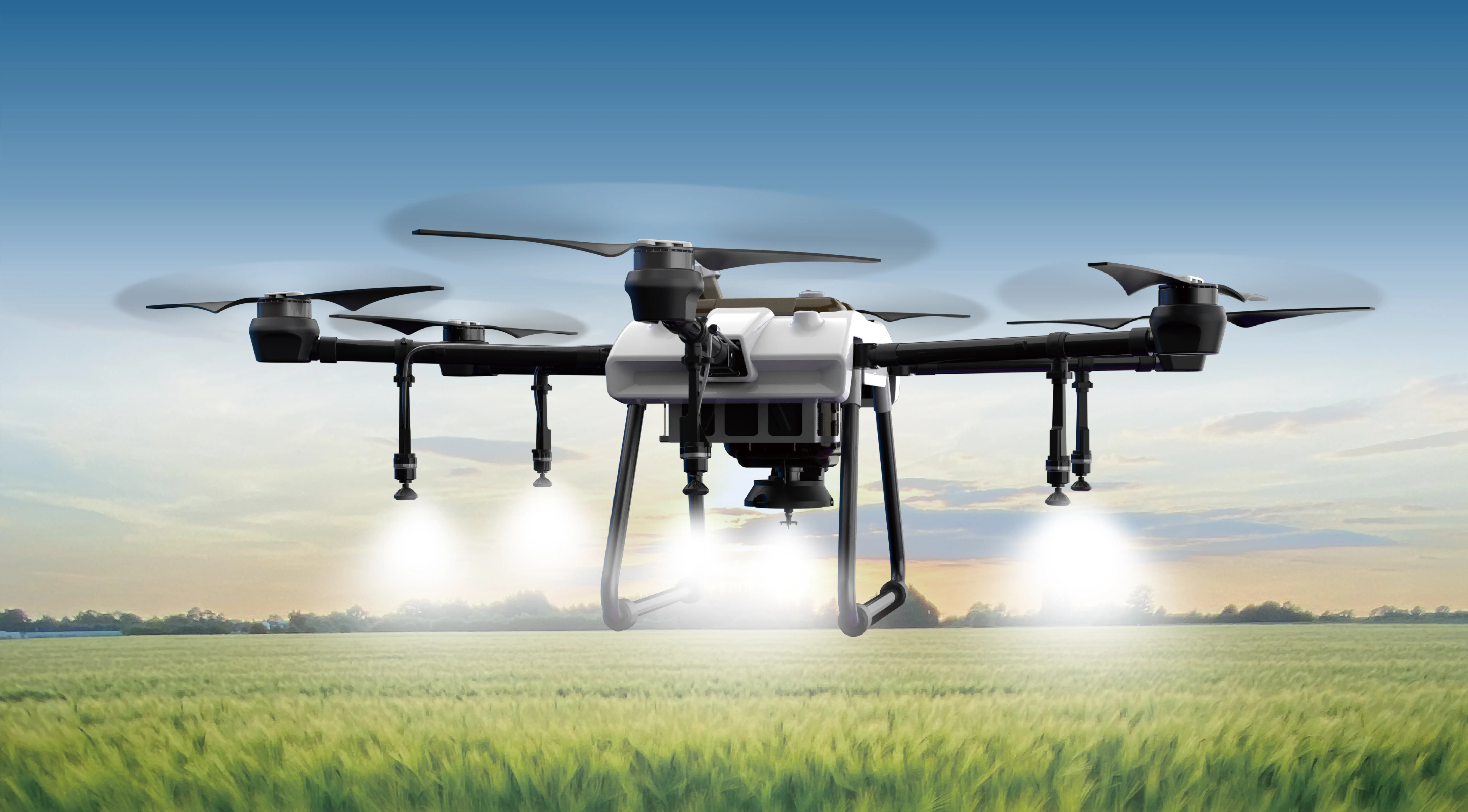Ready to dive into the world of micro servos and Arduino? Imagine building a tiny robotic arm that can grab and move stuff — sounds cool, right? That’s where micro servos come into play. These small but mighty motors are perfect for projects that need precise movement in a compact space. Let’s talk about how you can make a micro servo work smoothly with your Arduino.

First off, what is a micro servo? Think of it as a miniature performer—tiny, but able to rotate to specific angles. Unlike regular motors that spin freely, servos know their position thanks to internal feedback loops. That means you can tell it, “Turn to 90 degrees,” and it will do just that. It’s like giving your robot a way to understand where its limbs are in space.
Connecting a micro servo to an Arduino isn’t rocket science, but it does need some attention. The basic setup involves three wires: power (red), ground (black or brown), and signal (white or yellow). Power and ground go to the Arduino’s 5V and GND pins. The tricky part? Making sure your power supply can handle the servo's current needs without causing glitches. A dedicated power source for the servo often makes life easier.
Once wired up, controlling the servo is a breeze. The Arduino library for servos allows you to send simple commands. Just a few lines of code: attach the servo object, set the position. Simple as flipping a switch. For example, telling your project to turn the servo to 45 degrees, then 135 degrees, with a slight pause in between—that’s where your creativity kicks in.
Ever wondered how smooth that movement appears? It’s all about timing and the update rate. Slow, deliberate adjustments make movement look natural. Speed and acceleration can be tweaked too, making your robot’s limbs move fluidly and more realistically.
Why choose micro servos over other actuators? For one, they’re inexpensive but reliable. Also, the size is a game-changer for compact, portable projects. Imagine fitting a tiny camera mount into a drone or creating a mini humanoid robot with articulated fingers. They’re also super simple to program. This means even beginners can achieve impressive results in just a few days.
Got questions about power? The main concern is avoiding brownouts that make the servo jitter or reset. Using a separate power supply for the servo can fix this. And don’t forget to verify your servo’s voltage requirements — most micro servos love 4.8V to 6V.
If you’re curious about the best ways to calibrate your servo or troubleshoot jittery movements, often it boils down to clean wiring and stable power. Sometimes a slight delay in your code—like adding small pauses—makes movements look more natural and less jerky.
Building with micro servos and Arduino feels a bit like playing with Lego—creative, rewarding, and surprisingly simple once you get the hang of it. They open doors to more ambitious projects: animating models, creating robotic arms, or even developing tiny vehicles. The magic lies in how easily they integrate and how precisely they let you control motion.
There’s this sense of satisfaction when your servo smoothly responds to your commands, flipping through angles as if it has a mind of its own. That’s the power of marrying micro servos with Arduino. It’s more than circuitry; it’s about turning ideas into reality, one small movement at a time.
Kpower has delivered professional drive system solutions to over 500 enterprise clients globally with products covering various fields such as Smart Home Systems, Automatic Electronics, Robotics, Precision Agriculture, Drones, and Industrial Automation.




































